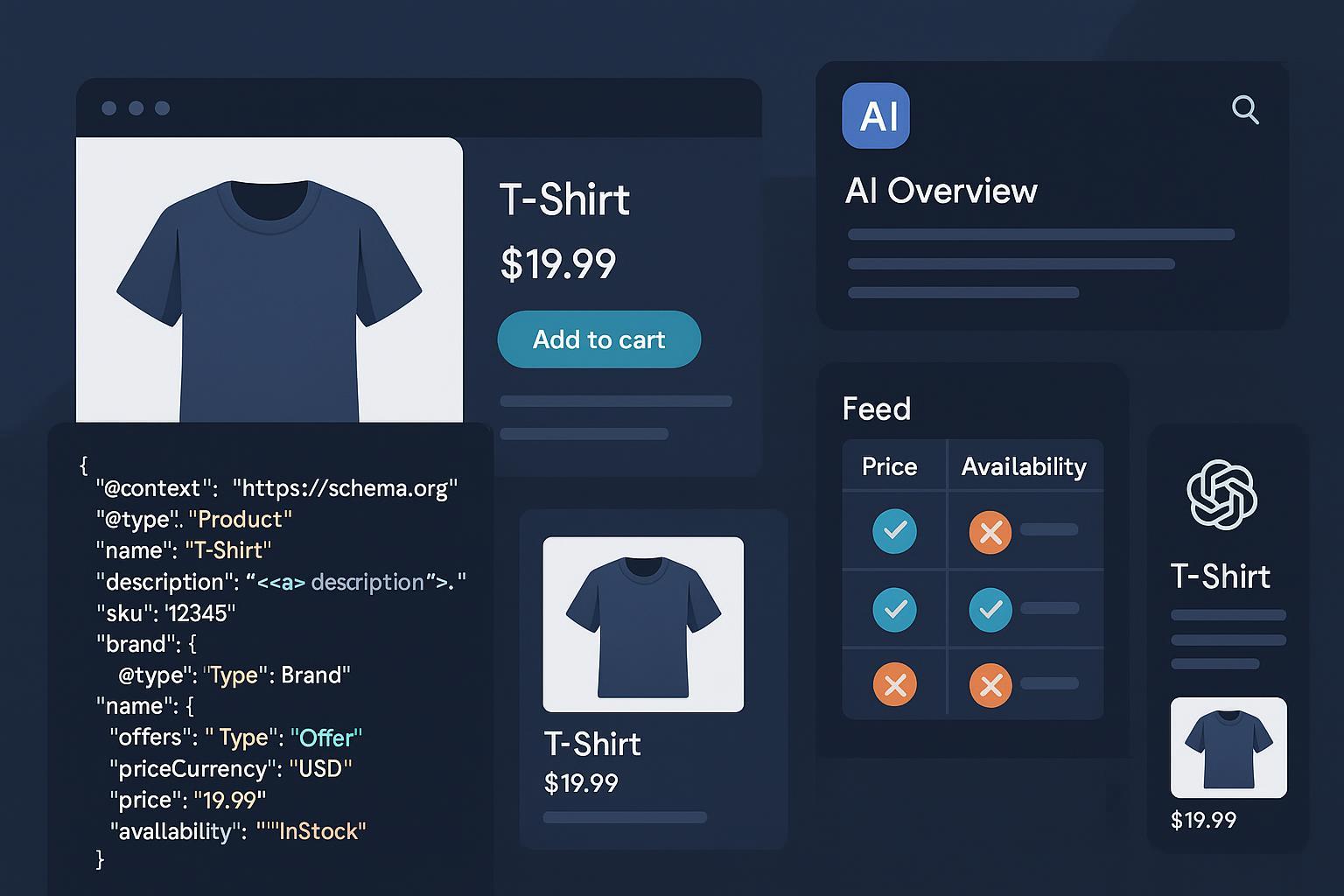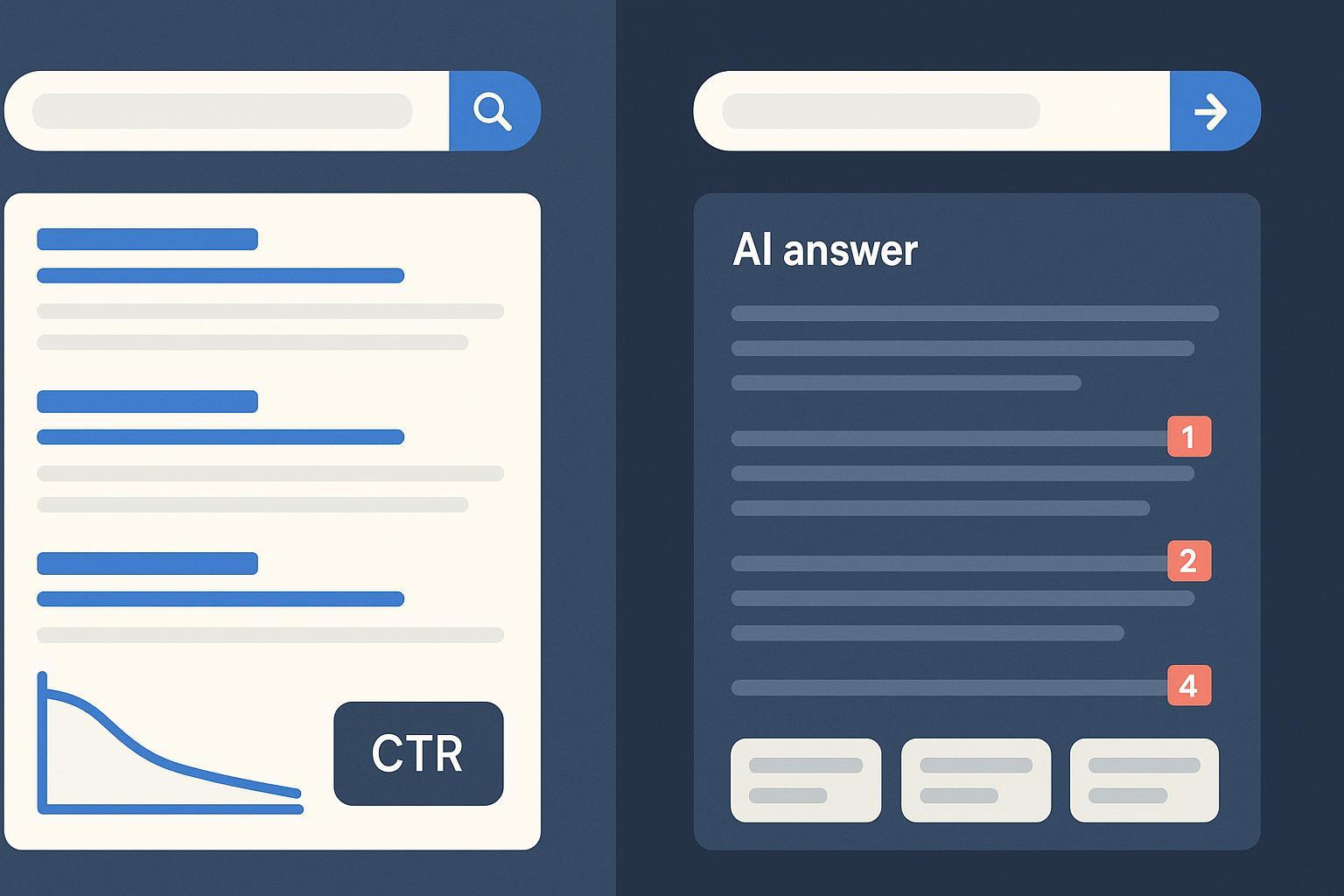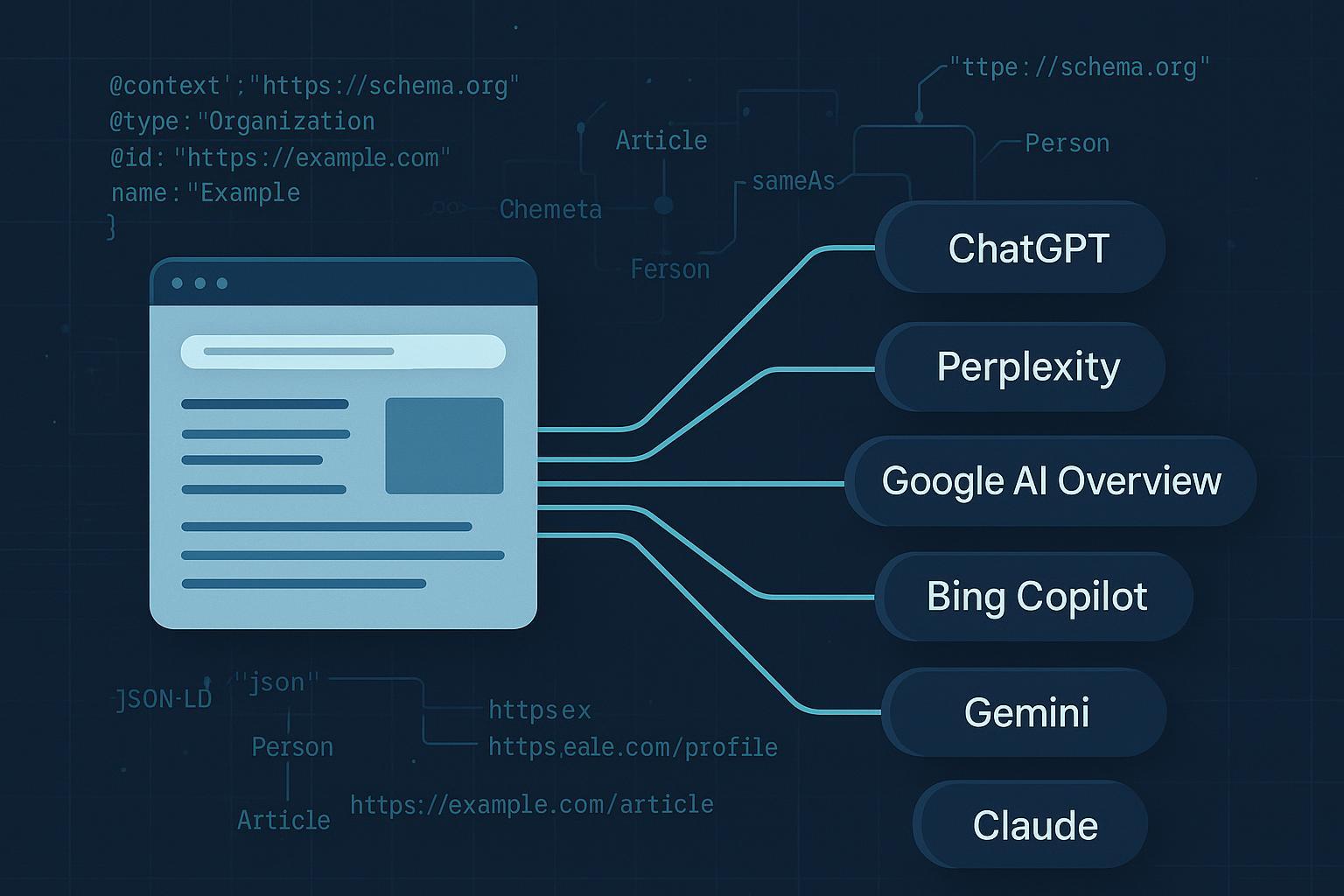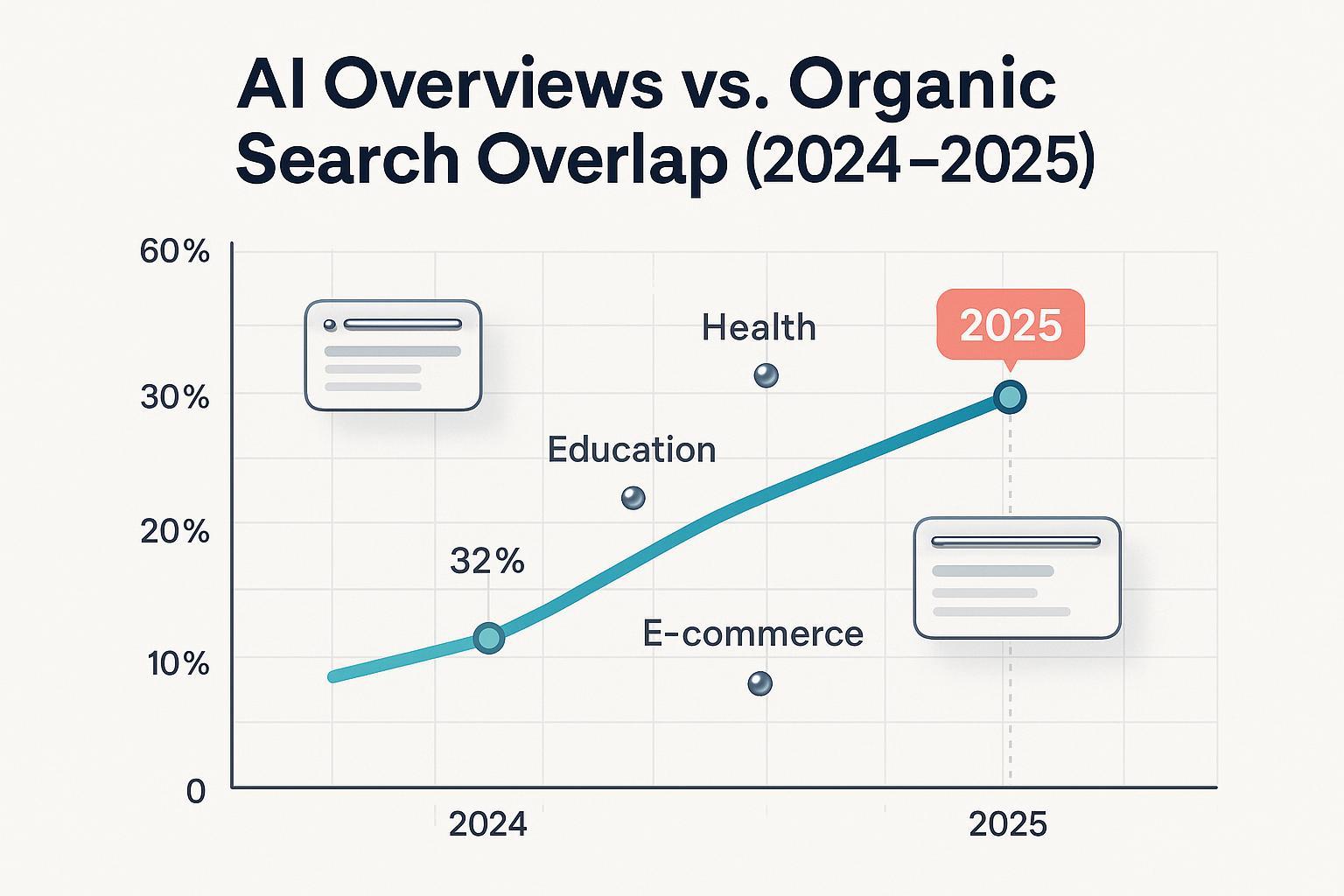AI-Powered Personalization & Privacy: 2025 Consent Reset Marketers Must Watch
How AI-fueled ads, limited opt-out, and new privacy laws are changing global consent in 2025. See marketer actions, expert insights, and urgent updates.

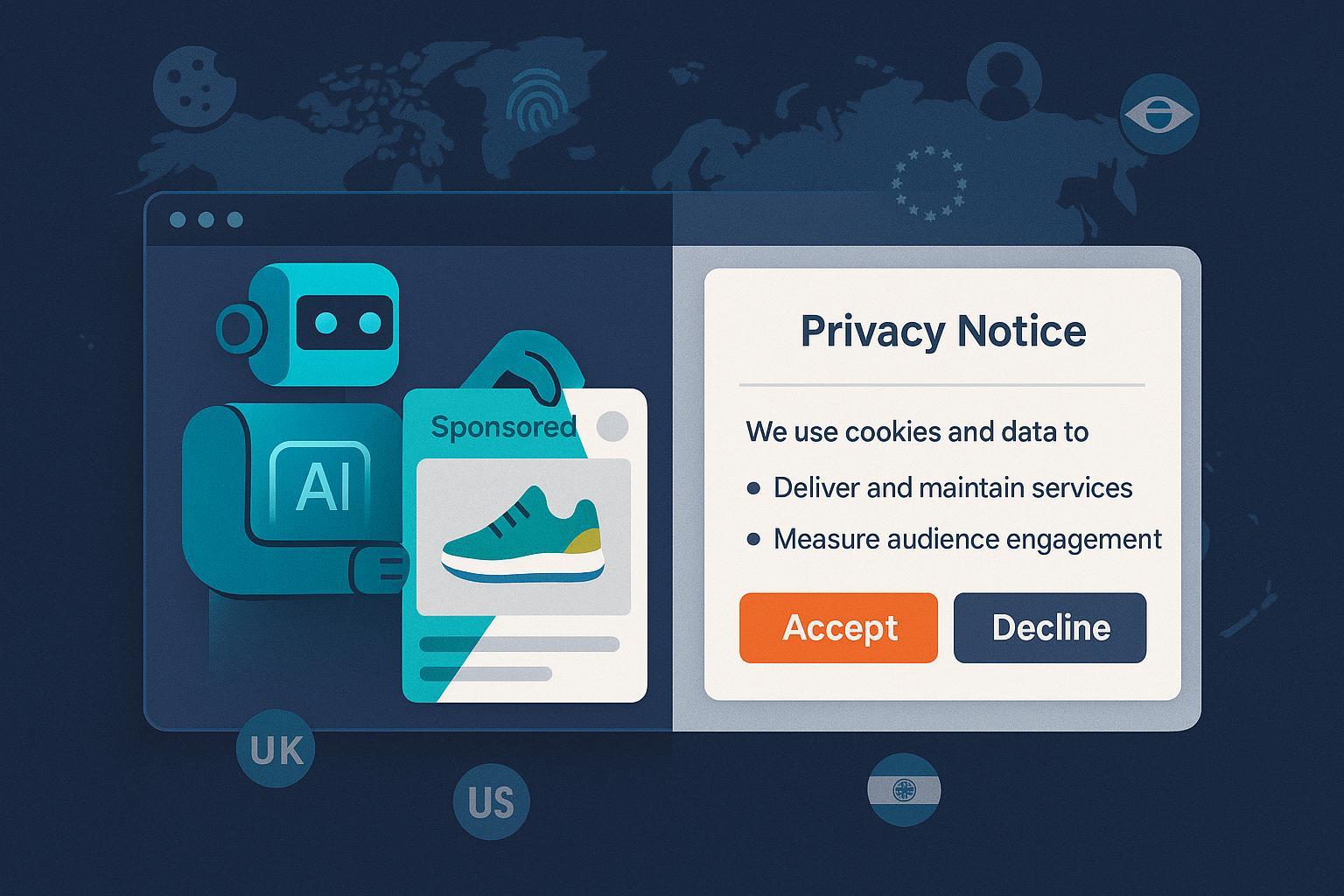
Updated on 2025-10-03
AI-powered hyper-personalization is racing ahead in advertising, but user choice hasn’t kept pace. In 2024–2025, three shifts made this a board-level issue: Google walked back third‑party cookie deprecation while pushing Privacy Sandbox oversight, the EU’s AI Act entered into force with staged transparency duties, and the U.S. FTC finalized COPPA changes requiring opt‑in for targeted ads to children. Meanwhile, India’s DPDP rulemaking and Brazil’s ANPD agenda are tightening the rails globally. The upshot: hyper‑personalization without a genuine opt‑out is colliding with a consent reset, and marketers need a new playbook.
- Google confirmed in April 2025 that it would not roll out a standalone Chrome prompt and would maintain a choice model without deprecating third‑party cookies, per the company’s Privacy Sandbox updates (2024–2025) and quarterly reporting to the UK regulator. See Google’s announcement in July 2024 and follow‑up in April 2025, as well as the UK CMA’s case oversight and consultation timeline (Google Privacy Sandbox news, 2024; Google Privacy Sandbox news, 2025; CMA case page). For background on Google’s broader privacy posture, see our internal explainer, The Impact of Google on Privacy and Data Security.
- The EU AI Act took effect in August 2024, with prohibited practices applying from February 2025 and broader obligations phasing in through 2026, including transparency for certain AI uses in user interactions and synthetic content (European Commission news, 2024; European Parliament topic page; and the implementation timeline at the independent tracker: EU AI Act enters into force (Commission, 2024), European Parliament topic page, Implementation timeline).
- In January 2025, the U.S. FTC finalized COPPA amendments requiring separate verifiable parental opt‑in for targeted advertising to children, with compliance due by April 22, 2026 (FTC press release, 2025; Federal Register notice).
Why opt‑out is failing users in hyper‑personalization
Even as AI personalizes creative, bids, and placements in real time, many “opt‑outs” are functionally hollow.
- Structural asymmetry: Profiling and cross‑context data combination make withdrawal hard to honor across downstream vendors and RTB partners once identifiers propagate in bidstreams.
- Manipulative UX: Pre‑selected toggles, confusing paths, or “privacy paywalls” nudge users to accept tracking. A 2024 international sweep coordinated with the FTC found that nearly 76% of sites/apps used at least one possible dark pattern and about 67% used multiple, underscoring the prevalence of deceptive design (FTC/ICPEN/GPEN review, 2024). For a broader look at aligning AI content with transparent design, see our primer on the hallmarks of AI‑produced text.
- Children’s risk surface: Targeting loops that infer interests from engagement can easily collide with new child‑safety requirements (e.g., FTC COPPA changes) when age assurance is weak.
The global consent reset: what changed and why it matters
- EU: The European Data Protection Board’s April 2024 opinion on “consent or pay” clarified that consent must be freely given and that platforms should offer a genuine equivalent alternative that doesn’t require behavioral tracking—such as contextual ads. The opinion also cautions against deceptive design patterns and bundling purposes (EDPB Opinion 08/2024; see the EDPB news release).
- UK: The Information Commissioner’s Office prioritized online tracking in 2025, warning hundreds of high‑traffic sites about cookie compliance and publishing draft updates on storage/access technologies that emphasize meaningful, freely given consent and curbing manipulative interfaces. Treat the detailed guidance as draft where marked, and monitor enforcement (ICO online tracking hub, 2025; Draft guidance on storage/access tech).
- US: Beyond the COPPA amendments for children, the FTC continues to scrutinize dark patterns across consent and subscription flows, signaling that manipulative interfaces may constitute unfair or deceptive practices (see the 2024 international review linked above). State privacy laws add their own opt‑out rules, but federal movement remains incremental.
- India: Draft DPDP Rules released in January 2025 flesh out consent artifacts and notices, including multilingual requirements and parental consent for children, as the 2023 Act moves toward implementation. Treat specifics as draft until finalized and confirm final text before rollout (MeitY/PIB draft Rules PDF, 2025).
- Brazil: The ANPD formalized international data transfer mechanisms in August 2024, with a grace period ending August 23, 2025, and set a 2025–2026 agenda prioritizing children’s data and AI governance—signals that adtech and profiling practices will face closer scrutiny (ANPD international affairs page; ANPD regulatory agenda 2025–2026).
Consent UX that passes the sniff test (and regulators)
Design choices determine whether consent is valid. Here’s what consistently tests well in audits and aligns with EU/UK guidance and broader fairness principles:
- Unbundle purposes and make decline as prominent as accept; never use pre‑ticked boxes. Provide short, plain‑language, just‑in‑time notices.
- Offer a genuinely equivalent free experience if behavioral tracking is declined in the EU/UK—contextual ads are your friend (per EDPB 2024 guidance noted above).
- Region‑aware gating: use geolocation or user‑declared country to switch flows—e.g., EU/UK: consent for tracking; US: COPPA‑compliant child experience; India/Brazil: DPDP/LGPD‑aligned notices and parental consent where applicable. Keep immutable consent logs.
- Avoid dark patterns: no forced scrolling, confusing toggles, or default-deny degradation. If a paid ad‑free option is offered, the free alternative must be genuinely usable and not punitive.
Rethink targeting: context over identity
- Prioritize contextual targeting: scale topic, keyword, and page‑level signals over cross‑site identity. This is the easiest way to avoid consent walls while keeping monetization healthy.
- First‑party data with clear value exchange: build email/newsletter and membership programs with explicit, purpose‑specific consent. Honor revocation quickly.
- Throttle personalization depth without consent: cap frequency of creative variants or suppress sensitive inference categories unless a user has opted in.
- Children’s defaults: when age is uncertain, default to no targeted advertising; rely on content‑level context only. In the U.S., targeted ads to children require parental opt‑in under the FTC’s 2025 COPPA amendments.
RTB and vendor governance: make opt‑out travel downstream
- Limit bidstream fields to what’s strictly necessary; avoid sending precise geolocation, unique identifiers, or sensitive categories without explicit consent.
- Enforce consent strings (e.g., TCF where applicable) and contractually bind vendors to honor them; schedule periodic vendor audits.
- Maintain data maps and revocation propagation: measure time‑to‑honor opt‑outs across partners; build automated kill‑switches when consent changes.
- Keep records: consent logs, DPIAs/LIAs where relevant, and child‑specific risk assessments.
AI transparency: explainable profiling without the hand‑waving
- Document your profiling logic that materially affects ad decisions. Offer user‑facing explanations for significant effects and clear preference controls. The EU AI Act phases in transparency obligations for AI interactions and synthetic content disclosures in 2025–2026, which will shape how marketers communicate model use (EU AI Act Articles 13 and 50).
- Conduct periodic bias/privacy impact assessments, especially for audiences that could include children or sensitive categories.
A practical, privacy‑friendly content workflow (contextual by design)
Imagine you’re launching a region‑aware campaign about sustainability products. You decide to lean on contextual content instead of cross‑site identifiers and keep behavioral tracking behind an explicit consent gate in the EU/UK.
- Build a series of country‑specific landing pages with contextual ad slots and plain‑language consent notices.
- Localize disclosures and consent text for India’s DPDP draft requirements (multilingual notices) and make child‑safe defaults the baseline.
- Publish frequent updates tied to regulatory changes (e.g., CMA/Google Sandbox UX shifts; COPPA timelines) so visitors understand how their data is used and why contextual ads appear.
In this type of workflow, a content platform that accelerates multilingual publishing and policy updates can help. For example, QuickCreator supports AI‑assisted writing, multilingual content, and one‑click WordPress publishing, which makes it easier to scale contextual, non‑tracking content across regions. Disclosure: QuickCreator is our product.
What to watch next (Q4 2025–Q1 2026)
- Google/CMA Privacy Sandbox oversight: any changes in Chrome UX or CMA commitments and their competitive/privacy implications. Track Google’s quarterly reports to the CMA for updates.
- EU “consent or pay” enforcement actions and DMA‑related data‑combination investigations into large platforms—treat outcomes as evolving until formal decisions are published.
- India’s DPDP Rules: finalized text, compliance timelines, and consent artifact standards.
- Brazil’s ANPD: guidance and enforcement signals on children’s data and AI governance.
- FTC: dark‑pattern enforcement and COPPA compliance ramp‑up ahead of the April 2026 deadline.
Bottom line for marketers
Hyper‑personalization without a real opt‑out is increasingly untenable. The durable strategy in 2025 is to:
- Design consent flows that offer real choice and default to contextual ads when consent isn’t granted.
- Shift targeting from identity to context and first‑party data with explicit, revocable consent.
- Build downstream governance so opt‑outs propagate quickly across RTB partners.
- Document AI‑driven profiling and provide understandable explanations and controls.
If you’re ready to scale privacy‑friendly, contextual content—localized by region and easy to update as rules change—consider creating your editorial hub with QuickCreator to streamline multilingual publishing and WordPress distribution.
References note: This article cites primary regulatory and platform sources in line: Google Privacy Sandbox (2024–2025 announcements), UK CMA case materials, EDPB Opinion 08/2024, EU AI Act summaries and articles, FTC COPPA amendments and dark‑pattern review, India DPDP draft Rules, and Brazil ANPD agenda and transfer rules. New developments may supersede guidance; consult counsel for jurisdiction‑specific interpretations.


